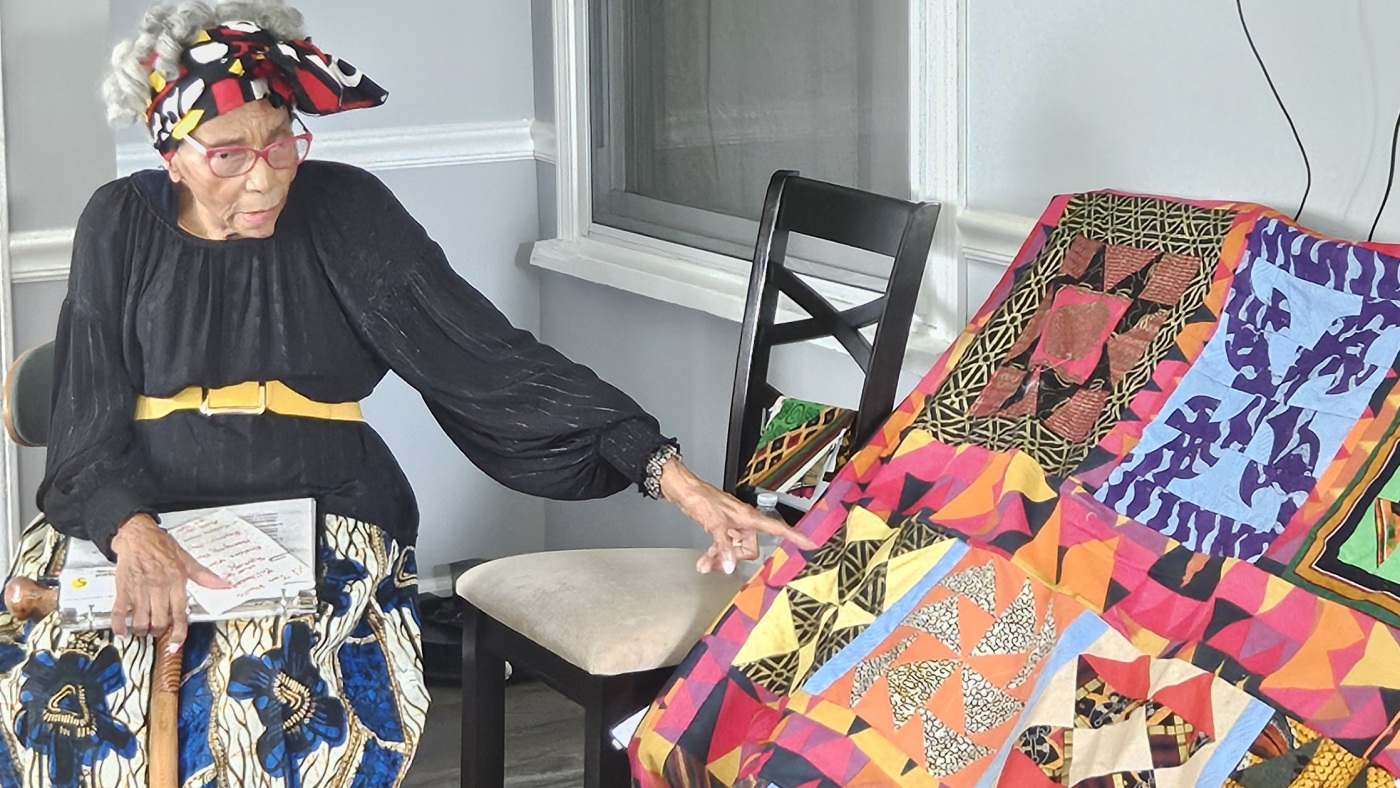The Enduring Legacy of Quilts and Juneteenth
The Quilt as a Potential Cipher: Decoding Freedom
The narrative of quilts playing a pivotal role in the Underground Railroad has captivated the public imagination, suggesting that enslaved individuals encoded messages within quilt patterns to guide escapees to freedom. This idea posits that specific quilt designs served as maps or signals, directing those seeking freedom along secret routes and to safe houses. For instance, the “Log Cabin” pattern was believed to indicate a safe place to hide, while the “Wagon Wheel” could signify the need to pack supplies for a journey. The “Flying Geese” pattern was thought to point the way north, following the migratory patterns of birds. These interpretations imply a sophisticated system of communication, using a seemingly innocuous craft as a tool for survival and resistance.
The story gained prominence through oral histories and family traditions, particularly those documented in *Stitched from the Soul* by Gladys-Marie Fry. This book further fueled the belief in a deliberate “quilt code.” Exhibitions and presentations, such as those at the North Star Underground Railroad Museum and the Bullock Texas State History Museum, actively explore this possibility, showcasing quilts and explaining the potential meanings behind their designs. Edith Edmunds, a 99-year-old quilter, embodies this connection, continuing to sew on Juneteenth as a way to honor the legacy of freedom and the potential role her craft played in it.
Harriet Tubman and the Network of Resistance
The Underground Railroad was a remarkable feat of courage and collaboration, with figures like Harriet Tubman, known as “Moses” to those she led to freedom, playing a crucial role. Tubman made nineteen trips north, guiding hundreds of enslaved people to safety. While the focus on quilts is relatively recent, the broader context of coded communication was vital. Spirituals, with their double meanings and hidden messages, were also used to convey information and offer encouragement. The need for secrecy and discretion necessitated innovative methods of communication, and the idea that quilts could have been part of this system is a compelling one.
Historical Scrutiny and the Persistence of Myth
Despite the powerful narrative, the historical evidence supporting the widespread use of a codified quilt system remains contested. Many historians acknowledge the artistry and cultural significance of African American quilts but express skepticism about the claim that they functioned as detailed maps for the Underground Railroad. They point to a lack of primary source documentation—letters, diaries, or explicit instructions—that confirm the existence of such a code. The debate is highlighted in articles from *TIME* and discussions on platforms like Reddit’s AskHistorians, where scholars emphasize the importance of distinguishing between compelling stories and verifiable historical facts. Some argue that the narrative, while inspiring, may be a romanticized interpretation that emerged later, influenced by a desire to celebrate the ingenuity and resilience of enslaved people.
However, even acknowledging the lack of definitive proof, the story’s enduring appeal speaks to a deeper truth: quilts were undeniably central to the lives of enslaved people. They provided warmth, comfort, and a means of artistic expression in the face of unimaginable hardship. The act of creating a quilt itself could have been a form of resistance, a reclaiming of agency and creativity in a system designed to strip individuals of their humanity.
Beyond the Code: Quilts as Cultural Artifacts and Symbols of Resilience
The significance of quilts extends beyond the debate over coded messages. They represent a rich cultural tradition within the African American community, passed down through generations. Quilts served as storytelling devices, preserving family histories, commemorating important events, and expressing personal beliefs. Exhibitions like “Ms. Molly’s Voice” at the Columbia Gorge Museum showcase quilts that reveal beauty, pain, remembrance, and secret histories woven into the fabric.
Contemporary quilters continue to engage with this legacy, creating art that honors the past and reflects on the present. Artists like Diane Larrier Collier and Marilyn Hamilton Jackson are actively discussing Juneteenth and the Underground Railroad through their work, while others, like Renee Allen, are creating quilts specifically to commemorate Juneteenth and the emancipation of enslaved people. The Instagram account “Speaks Quilts” exemplifies this ongoing engagement, sharing images of quilts inspired by the Underground Railroad and celebrating the artistry of Black quilters.
Furthermore, the act of quilting itself can be seen as a metaphor for the process of healing and rebuilding. Just as individual scraps of fabric are pieced together to create a cohesive whole, communities can come together to mend the wounds of the past and create a more just future.
A Tapestry of Remembrance: The Enduring Power of the Narrative
The story of quilts and the Underground Railroad, whether definitively proven or not, serves as a powerful reminder of the courage, ingenuity, and resilience of enslaved African Americans. It highlights the importance of preserving oral histories, acknowledging the limitations of historical documentation, and recognizing the multiple layers of meaning embedded within cultural artifacts.
Juneteenth celebrations that incorporate the quilt narrative are not simply about uncovering a historical code; they are about honoring the spirit of resistance, celebrating the artistry of African American quilters, and fostering a deeper understanding of the complex and often hidden stories of the past. The enduring appeal of this narrative lies in its ability to connect us to the human experience of struggle, hope, and the unwavering pursuit of freedom—a legacy woven into the very fabric of American history.








